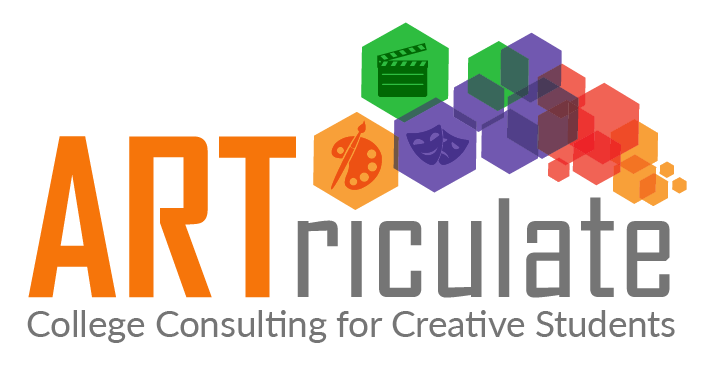Which college application deadline is right for you?
Updated September 2023
There are so many different application deadlines, it can be confusing to know what your best option is for each school. We’ll make every effort to give “usual” dates for these applications, but you MUST check with the individual schools to which you are applying for their specific dates. That’s why we’re here, to help you sort through them and find which is best for you.
More selective colleges admit a greater percentage of their applicants Early Decision than they do either Early Action or Regular Decision because Early Decision guarantees that you will accept their admissions offer, removing a layer of uncertainty from their calculations. Most colleges post their acceptance rates for each decision type on their websites or you can find this information in the Common Data Set Section C for each school (to find the common data set search for “Common Data Set [collegename]), besides admissions statistics, this document provides a wealth of information about a school.
Early Decision (ED)
Early Decision is a binding application submission, so if you are accepted you are required to accept and required to withdraw any other applications you’ve submitted (some schools make exceptions if you are not awarded the financial package that suits your needs). Most early decision applications are due on November 1 and inform you of their decision by mid-December. The advantage of applying ED is not only that you find out early enough to perhaps not have to submit other applications, but also because many schools admit a large percentage of their class ED. Additionally, many schools receive far more regular decision (RD) applications so the competition is much greater applying regular decision RD. For example, for the class of 2027, the University of Pennsylvania received 59,463 applications, with 49% of this class applying ED.
Some schools have recently added an ED2 option for students who were either not accepted ED1 or EA and who want to commit to a school using the ED2 deadline in January. Schools with ED2 will likely inform you of their decision in mid-February. The binding acceptance rules for you still follow for these schools.
You can be accepted, denied, or deferred in ED. Deferred places your application in the RD pool of applicants to be reviewed with them. First semester senior year grades would then be included in the review so keep those grades up if you’re deferred.
A consideration for families requiring financial aid is that you will not be able to compare packages of other schools as ED is a binding application. In brief, ED is great if you are totally convinced this is the school for you, if you have either academic, social, or financial doubts, applying ED is probably not your best option. Also, keep in mind, that schools have the right to rescind their acceptance if your grades drop, so no extreme Senioritis!
Early Action (EA)
Unlike ED, EA is non binding. Schools have an EA deadline of November 1, November 15 or December 1 (but check the deadlines for specific schools), and most inform you of their decision by mid-December. There is a variant of EA called “restrictive or single choice early action” used by some very selective schools (Georgetown University, Harvard University, Princeton University, Stanford University, the University of Notre Dame, and Yale University), whereby you can only apply to one of these schools EA, BUT their acceptance is non-binding. Like ED there are three options for the school, accept, deny or defer. Unlike ED, even if you are accepted, you can apply to other schools and decline an EA acceptance.
Another benefit of applying EA is that if you are accepted to schools which you like, you can forgo applying to your remaining schools RD (as the RD deadlines are later) which you are not as fond of, saving you both time and application fees.
If you decide to select Early Decision or Early Action, submit your best application and supplemental materials. Don’t rush your application or portfolio materials, submit a strong application as you’ll be competing with other strong candidates.
Note: Many arts programs, especially in performing arts, dance, music and film require applicants to submit applications early to allow the colleges time to evaluate pre-screen materials and schedule in-person or virtual auditions. Pay attention to these dates if applying to these programs.
Restricted Early Action (REA)
Restricted Early Action (REA) applies to a select few schools including Georgetown, Harvard, Princeton University, Stanford, Notre Dame, and Yale and while it is non binding, you can only apply to one REA school and no ED or EA private schools. If considering REA read the restrictions for your selected school carefully as the limitations are school specific.
Regular Decision (RD)
RD is what most parents remember from their time applying to college, and is the most common manner in which to apply. Most RD deadlines are between January 1 and February 1 with the non-binding decision announced in mid-March to early April. You can submit as many applications as you wish with RD and some feel that this is the best option if you are dependent on financial aid as you will be able to compare the options provided by each school.
Rolling Admissions
Rolling admissions do not have deadlines and accept applications as long as there are spaces available in the class. For some schools you can apply a month before school starts and be admitted. In general, you should be notified of the admissions decision within a few weeks of submitting your application. This could be a good option if you are late in the application process, or if you discover a school that you absolutely love at the last minute.
Deciding on the right application deadline requires thought and research, as the decision will be different for each student and each school.
